That One Trip That Changed Everything

Picture this: stepping off the train in Rome last July, greeted by a wall of heat so intense it felt like opening an oven door at full blast. Summer 2024 was the warmest on record for Europe, with southeastern Europe experiencing their warmest summer on record, and I was right there experiencing it firsthand. The thermometer hit 42°C (108°F), crowds pressed against me like sardines, and I found myself gasping for air in what should have been the trip of a lifetime. That moment changed how I see European travel forever. Studies have reported that 61,000 people died because of Europe’s record-breaking heatwave in 2023, making it clear this isn’t just about comfort anymore. It’s about safety, sanity, and actually enjoying your hard-earned vacation.
The Brutal Reality of Summer Europe Right Now

Europe has been affected by heat waves since June 2024, breaking several regional temperature records across multiple nations in Southern and Southeast Europe. Greece recorded its longest lasting heat wave in recorded history with 16 consecutive days over 104°F, while cities like Rome issued Level 3 heat alerts—the highest level possible. The last few summers in Europe have been scorchers, and this summer will likely bring more of the same. “There’s no reason to think that 2025 won’t be hotter than 2024”. The infrastructure simply wasn’t built for this. Most European hotels and attractions lack proper air conditioning, creating conditions that can be genuinely dangerous for travelers. Add in the fact that European travel is expected to remain popular this summer, with 37% of U.S. travelers planning to take a European vacation in 2025, and you’re looking at a perfect storm of heat, crowds, and misery.
Discovering the Magic of Shoulder Season
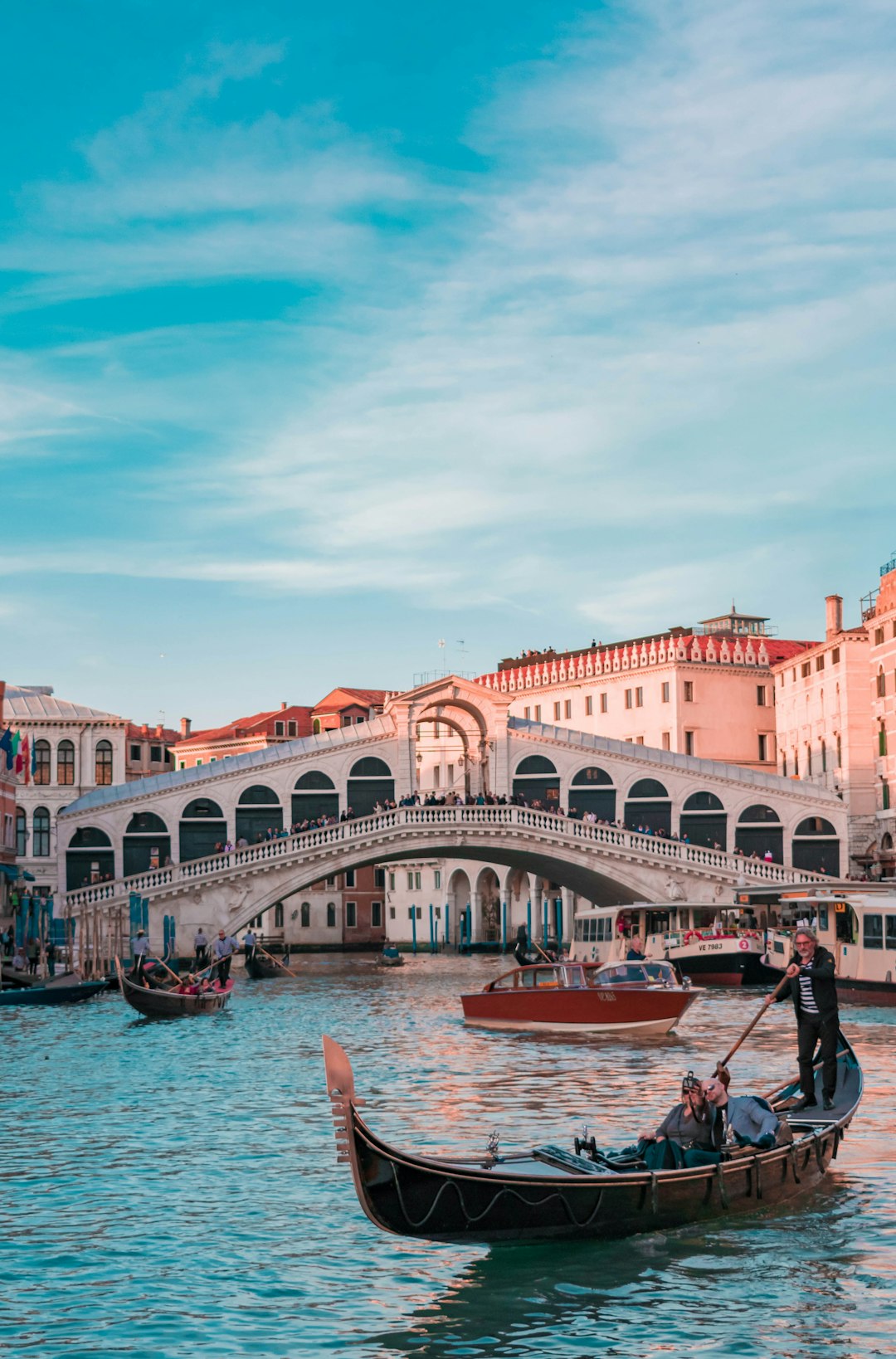
After that sweltering Roman nightmare, I stumbled into what locals call the “secret season”—April and October in Europe. “Shoulder season” — generally April and October — combines the advantages of both peak- and off-season travel. Think about it: you get the same stunning architecture, the same incredible food, the same charming cobblestone streets, but without melting into a puddle or fighting through tour groups. Round-trip flights from the United States to Europe during September or early October are on average 23 percent cheaper—or about $195 less—than the same flights in June, July, and August. The weather hovers around a perfect 18-22°C (65-72°F), museums have breathing room, and restaurant terraces are actually enjoyable instead of blazing hot concrete furnaces. Last April in Paris, I watched the cherry blossoms bloom along the Seine while sipping coffee at a sidewalk café—no sweat stains, no crowds, just pure magic.
My New Favorite Time: The Scandinavian Summer Swap
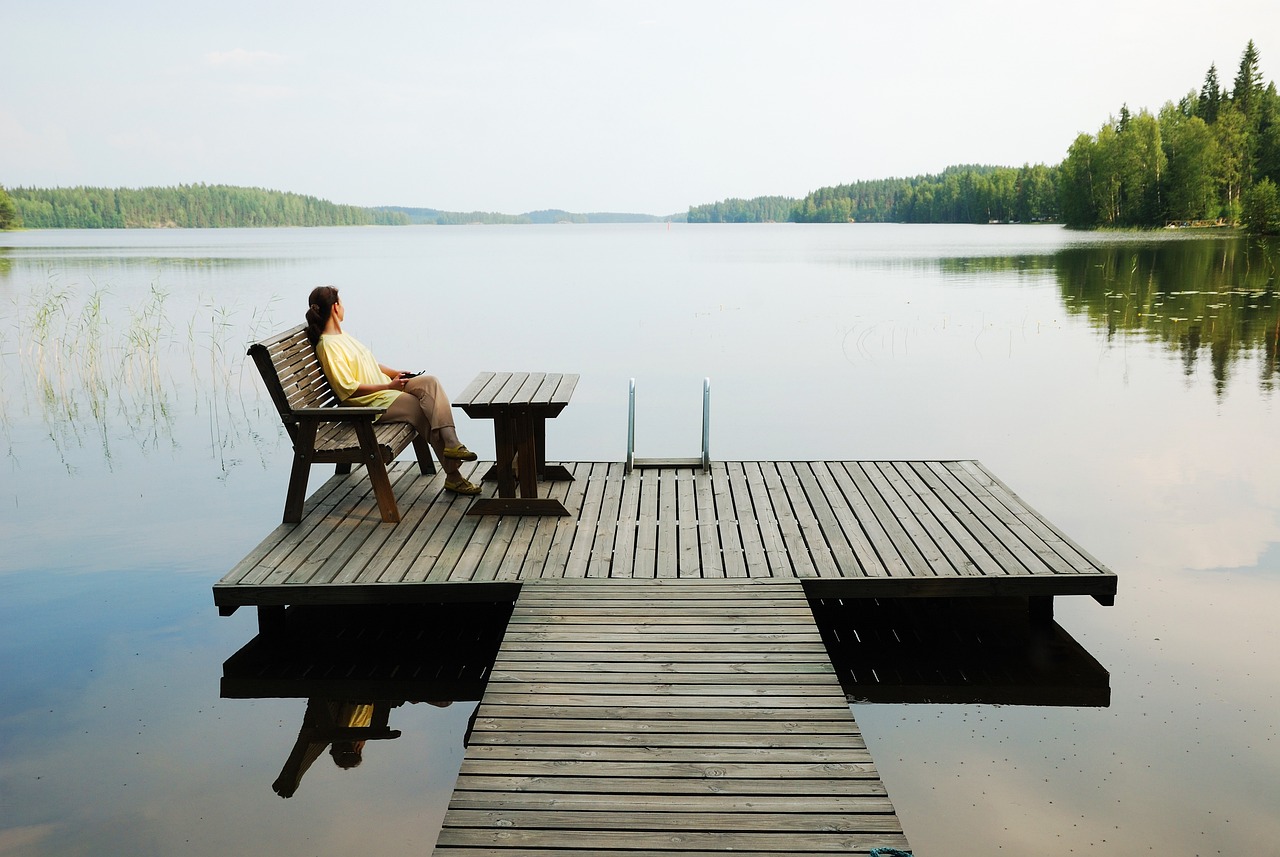
Here’s where I got really clever with my travel timing. While everyone else melts in Mediterranean heat, I head north to Scandinavia during their peak season. The best time to visit Scandinavia for a summer vacation is typically from June to August. During these months, the weather is warmer, and the days are longer, with the famous ‘Midnight Sun’ in the northern parts. Picture hiking through Norwegian fjords under 20-hour daylight, swimming in crystal-clear lakes in Finland, or cycling through Copenhagen’s harbor areas where designated bathing zones offer city views. As temperatures soar across southern Europe, more travellers are swapping the sweltering 40°C heat for the refreshing mid-20s of Scandinavia, the Nordics, and the Baltic’s. The irony is delicious: while Rome bakes at 45°C, Stockholm sits pretty at 23°C with endless daylight for adventures. I’ve kayaked through the Swedish archipelago at midnight under a golden sun—try doing that in scorching Santorini!
Fall Adventures That Beat Summer Crowds
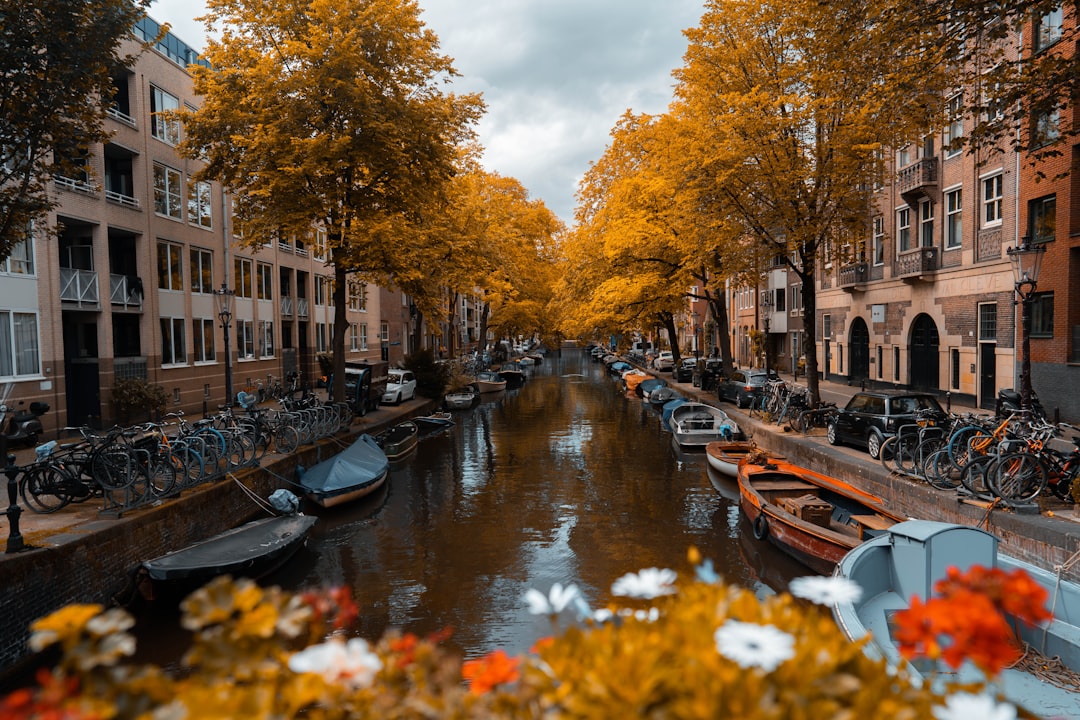
September and October have become my European sweet spot, especially in places everyone thinks are “summer only” destinations. The fall and spring shoulder seasons are growing in popularity, with tour operators reporting a 56 percent increase in fall shoulder season bookings to Europe compared to five years prior. Italy in October is revelatory—temperatures drop to a comfortable 20-25°C, the summer crowds evaporate, and suddenly you can actually see the Trevi Fountain without being elbowed by selfie sticks. Tuscany’s vineyards turn golden, harvest festivals fill the villages with locals instead of tourists, and restaurant prices drop back to reasonable levels. For a more relaxed pace and a memorable experience that won’t be marred by a tourist squeeze, consider travelling in March and April, or late September to October. Even Greece transforms in fall—the islands maintain their summer warmth but lose the crushing crowds, making it possible to actually enjoy those Instagram-famous sunsets without fighting for a spot.
The Mountain Escape Strategy
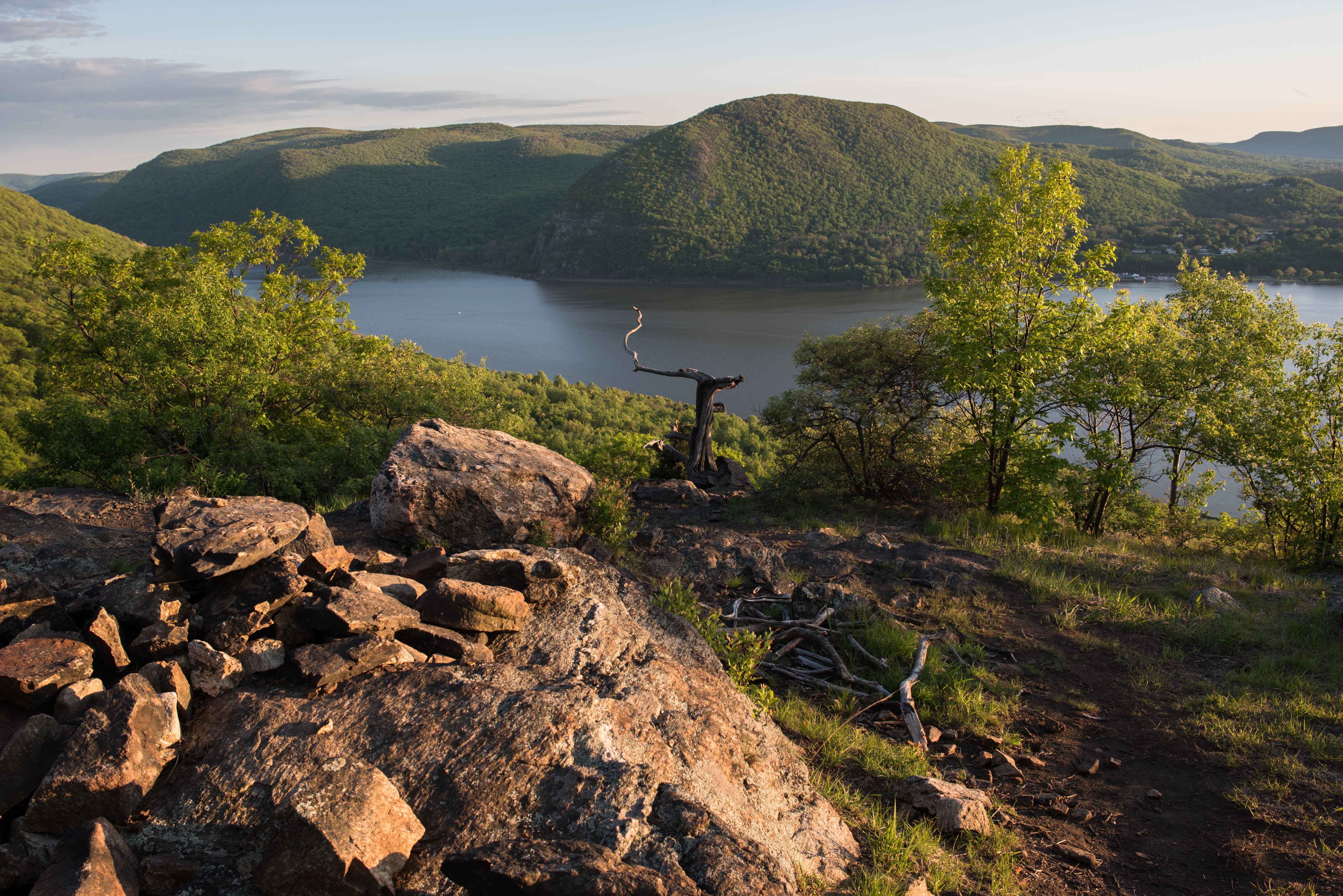
When I absolutely need that European summer feeling, I head to the mountains instead of the coasts. Mountain holidays are featured as one of Pinterest’s biggest trends of 2025, with travelers seeking high-altitude summer trips zeroing in on northeast Italy. The Dolomite region of the Alps offers incredible scenery, outdoor adventures, wellness hotels, and unique culture—a worthy alternative to the hectic crowds and blazing summer temperatures of Italy’s more famous cities and beaches. With endless daylight and cool temperatures, summer in the mountains is the perfect alternative to the heat and an excellent choice for a coolcation in Northern Europe. Last summer, while Florence baked at 38°C, I was hiking through alpine meadows in the Austrian Alps at a perfect 22°C. The air was crisp, the views were mind-blowing, and I could actually hike for hours without risking heat stroke. Switzerland’s mountain resorts offer the same luxury and charm as Mediterranean hotspots, but with glacial lakes instead of overcrowded beaches, and mountain huts serving fondue instead of overpriced tourist traps.
Winter Europe: The Ultimate Insider Secret
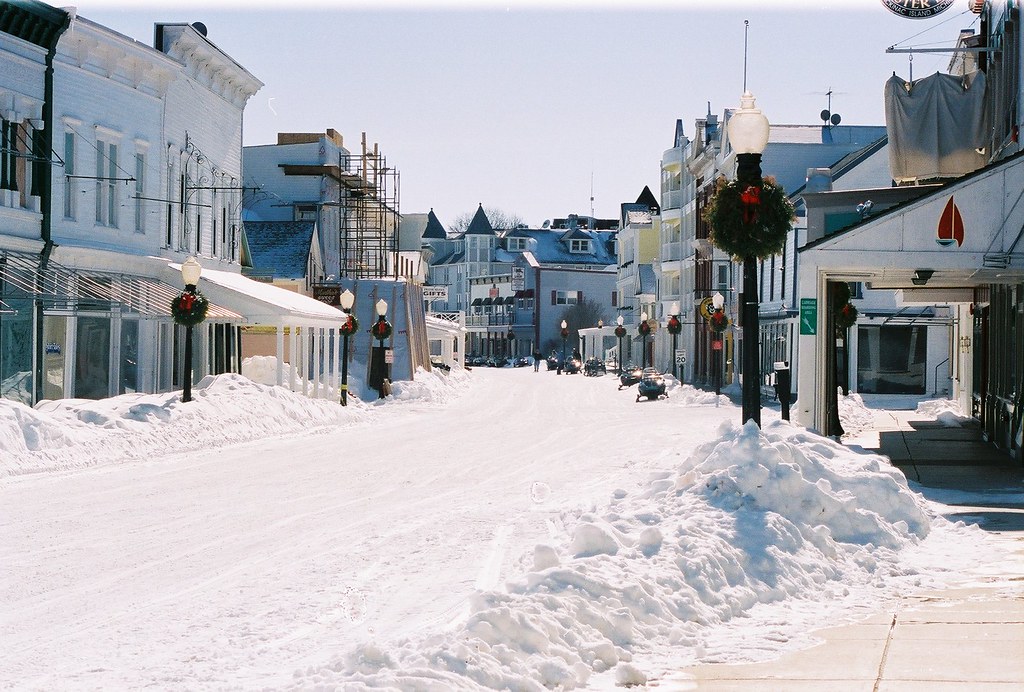
This might sound crazy, but winter Europe has become one of my favorite discoveries. Consider a trip during the off-season — generally November through March. In the off-season, you’ll enjoy an amazing slice of Europe where the only crowds are festive locals. Christmas markets transform German cities into fairy tales, Northern Lights dance across Scandinavian skies, and you can wander through Rome’s ancient ruins without a single tour group in sight. Off-season airfares are often hundreds of dollars cheaper. With fewer crowds in Europe, you may find you can sleep for less: Many fine hotels drop their prices, and budget hotels will have plenty of vacancies. I spent last December in Prague paying half the summer price for a luxury hotel, strolling through snowy medieval streets, and warming up with mulled wine and goulash. The city felt like my own private snow globe. Sure, you need a good coat, but you also get authentic experiences that summer tourists will never see.
Spring Awakening: Europe’s Best Kept Secret

April and May might be the most underrated months for European travel. The shoulder sweet spot commonly falls around spring (March and April) and fall (September and October) in many places across the Northern Hemisphere. Everything is blooming, temperatures are mild, and locals are emerging from winter hibernation with infectious energy. I’ve seen Dutch tulip fields in their full glory without the crushing crowds of summer, walked through Parisian parks carpeted in cherry blossoms, and explored ancient Greek ruins under perfect blue skies at 20°C instead of 40°C. One of the most obvious benefits to shoulder season is cheaper prices across the board – flights, accommodation and expenses on the ground are usually a lot lower when it isn’t peak tourist time. This could even allow you to stay longer and travel slower, allowing a more intensive vacation. The light is softer, the air is fresh, and everything feels possible again after winter’s dormancy. Restaurant terraces reopen, outdoor markets bloom, and you can actually enjoy walking tours without melting into the pavement.
Why Coolcations Are the Future

A growing wave of holidaymakers appear to be prioritizing summer trips to northern Europe to escape the heat, with experts expecting the coolcation trend to intensify as the effects of climate change worsen and become more unpredictable. This isn’t just a fad—it’s a fundamental shift in how smart travelers approach Europe. With rising global temperatures, more travellers are rethinking the traditional “fly and flop” holiday. Instead, they’re seeking active experiences like hiking, cycling, and kayaking—far more enjoyable in cooler climates. Family bookings for northern destinations have doubled in the past year. Countries like Estonia, Latvia, and Lithuania offer medieval charm, pristine beaches on the Baltic Sea, and temperatures that actually make outdoor exploration enjoyable. Finland combines saunas with crystal-clear lakes, while Norway serves up dramatic fjords without the Mediterranean price tags. These destinations offer the European experience without the European summer suffering.
The Money Factor: Your Wallet Will Thank You

Let’s talk numbers because this shift isn’t just about comfort—it’s about smart spending. If you can travel on the days no one else wants to, you’ll generally save. Flights can average 57% more expensive when booked for peak season versus shoulder season. I’m talking about saving $200-500 on flights alone, getting hotel rooms for half the summer price, and finding restaurant meals that don’t require a small loan. Often this means significantly lower costs, shorter lines at attractions, and potentially even better weather! That extra money stays in your pocket or gets spent on experiences rather than inflated tourist prices. Last October, I stayed in a luxury hotel in Vienna for €120 per night that would have cost €300 in July. The same room, the same service, but without the summer premium. I used the savings to book a cooking class and a wine tasting—experiences that would have been impossible at summer prices.
The Practical Magic of Better Weather
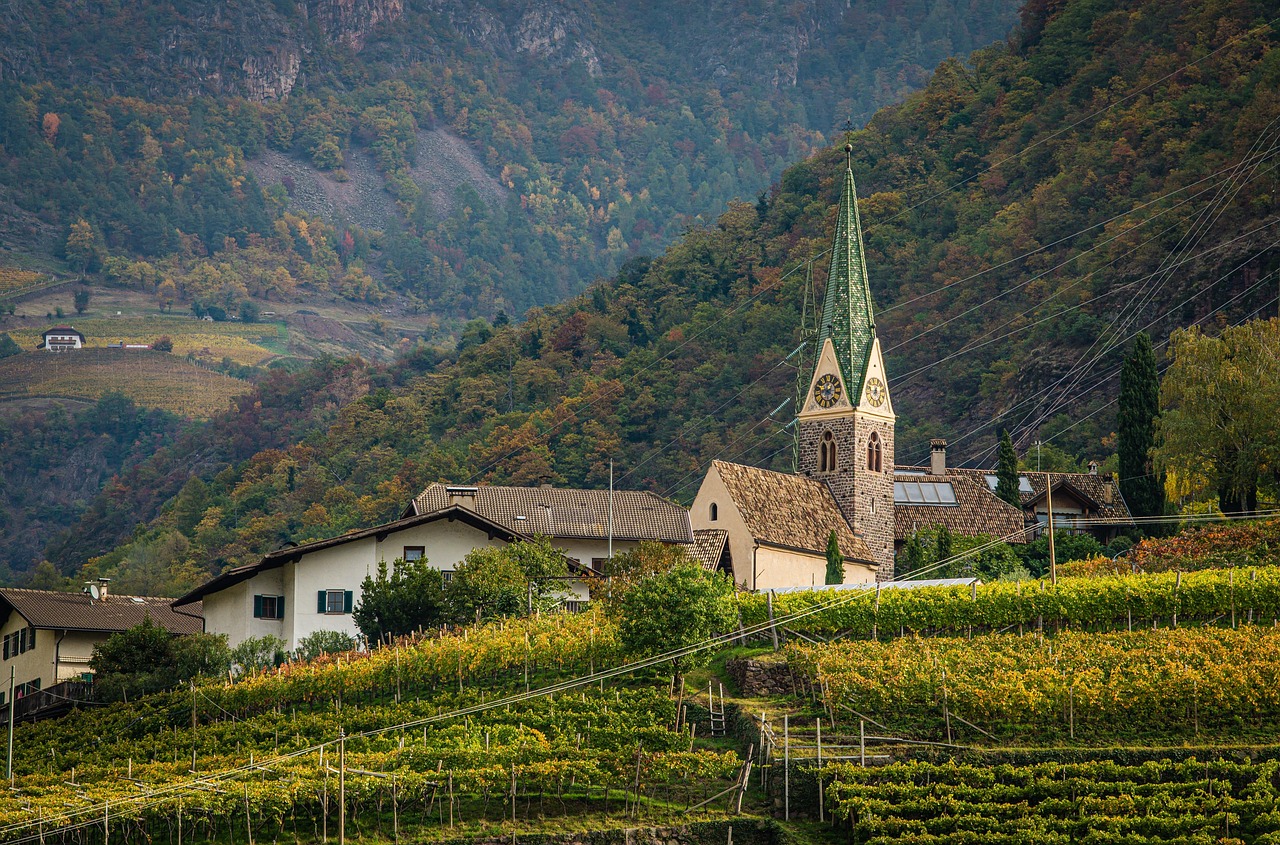
Here’s something most people don’t realize: Prices tend to be lower than in high season, and the weather tends to be better than in low season. Shoulder season often delivers the Goldilocks effect—not too hot, not too cold, but just right. Climate change has come to Europe, with more frequent and persistent heatwaves. Even restaurants in typically cooler climates now tend to have ample al fresco seating to take advantage of the ever longer outdoor-dining season. Throughout Europe in July and August, expect high temperatures — even sweltering heat — particularly in the south. Meanwhile, in shoulder season, you can actually walk cobblestone streets without your feet burning, explore outdoor markets without wilting, and take those Instagram photos without sweat stains ruining every shot. Often this means significantly lower costs, shorter lines at attractions, and potentially even better weather! I’ve had more perfect weather days in shoulder season than I ever did fighting the summer extremes.
The transformation isn’t just about avoiding crowds or saving money—it’s about reclaiming the joy of European travel. When you’re not constantly seeking shade, fighting for restaurant reservations, or paying premium prices for everything, you rediscover why you fell in love with Europe in the first place. Whether you’re savoring perfect autumn light in Tuscany, hiking through blooming Alpine meadows in spring, or experiencing the midnight sun in Scandinavia, you’re not just avoiding the summer madness—you’re discovering a better way to travel entirely. What season will you choose for your European adventure?







